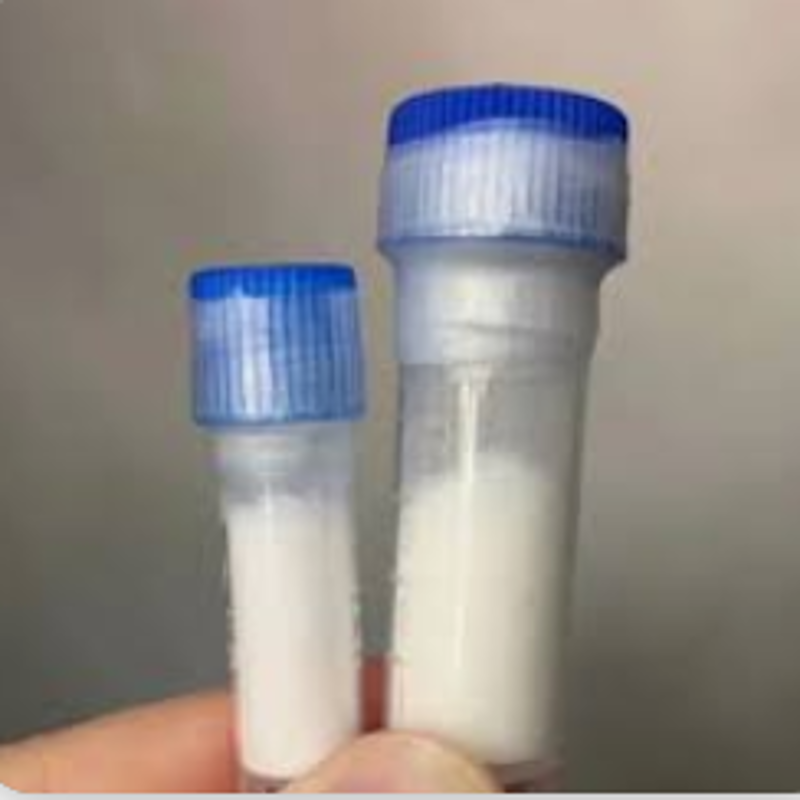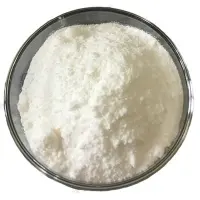-
Categories
-
Pharmaceutical Intermediates
-
Active Pharmaceutical Ingredients
-
Food Additives
- Industrial Coatings
- Agrochemicals
- Dyes and Pigments
- Surfactant
- Flavors and Fragrances
- Chemical Reagents
- Catalyst and Auxiliary
- Natural Products
- Inorganic Chemistry
-
Organic Chemistry
-
Biochemical Engineering
- Analytical Chemistry
-
Cosmetic Ingredient
- Water Treatment Chemical
-
Pharmaceutical Intermediates
Promotion
ECHEMI Mall
Wholesale
Weekly Price
Exhibition
News
-
Trade Service
December 6, 2020 /--- The restoration of vision for blind people through brain implants is about to become a reality.
new study, researchers from research institutions such as the Netherlands Institute of Neuroscience found that newly developed high-resolution implants make it possible for the visual cortical layer to recognize artificially induced shapes and perceived objects.
the results of the study, published in the December 4, 2020 issue of science, are titled "Shape perception via a high-channel-count neuroprosthesis in monkey visual cortex."
images from CC0 Public Domain.
idea of stimulating the brain with implants to produce artificial visual perception is not new, dating back to the 1970s.
, however, existing systems can generate only a small number of artificial "pixels" at a time.
Today, at the Netherlands Institute of Neuroscience, a research team led by Pieter Roelfsema is using new implant production and implant technology, cutting-edge material engineering, microchip manufacturing and microelectronics to develop devices that are more stable and durable than previous implants.
preliminary results are very promising.
electrical stimulation, when electrical stimulation is transmitted to the brain through implanted electrodes, produces the perception of light points at specific locations in the visual space, known as "phosphene".
Roelfsema team developed a high-resolution implant of 1,024 electrodes and implanted it into the visual cortical layer of two normal-vision monkeys.
their goal is to create an interpretable image by providing electrical stimulation from multiple electrodes at the same time, creating a perception of multiple optical illusions.
the number of electrodes we implanted in the visual cortical layer, and the number of artificial pixels that we can generate high-resolution artificial images, are unprecedented," said Roelfsema, a research firm.
" identification points, lines, and letters the monkeys first had to perform a simple behavioral task in which they performed eye movements to report the location of optical illusions caused during electrical stimulation through a single electrode.
The researchers also performed more complex task tests on them, such as motion direction tasks, in which microstring is transmitted to a series of electrodes, as well as letter recognition tasks, in which microstring is transmitted simultaneously to 8 to 15 electrodes to build a sense of letters.
the monkeys successfully used their artificial vision to identify shapes and perceived objects, including lines, moving dots, and letters.
, lead author of the paper and a postdoctoral researcher with the Roelfsema team, explains, "Our implants connect directly to the brain, bypassing previous stages of visual processing through the eyes or optic nerves.
therefore, in the future, such techniques could be used to restore the low vision of blind people with damaged or degraded retinal, eye or optic nerves but still intact in the visual cortical layer.
" study laid the groundwork for the development of neuroprosthetic devices that could significantly improve the independence and quality of life of severely blind people by restoring functional vision, recognizing objects, navigating unfamiliar environments, and interacting more easily with others in social environments.
(Bioon.com) Reference: 1. Xing Chen et al. Shape perception via a high-channel-count neuroprosthesis in monkey visual cortex. Science, 2020, doi:10.1126/science.abd7435.2.Michael S. Beauchamp et al. Stimulating the brain to restore vision. Science, 2020, doi:10.1126/science.abf3684.3.Restoring a rudimentary form of vision in the blind。







